Different weather instruments have been around for a couple of centuries. Since the mid-19th century, these instruments have been used to measure various weather data. This combination of weather instruments is what we call a weather station.
One of the first weather stations is deemed the weather station on the top of the Hohenpeißenberg mountain in the German town with the same name. The weather station opened in 1781 and has had a continuous dataset of the weather since 1781. It is the oldest mountain-top weather station and has one of the oldest continuous meteorological datasets.
Before the era of computers and digitalization, all data must be collected manually at fixed times. The measurements of the weather instruments were carefully noted down, even in the middle of the night.
Over the following centuries, many new weather stations were constructed. These stations consisted of devices to measure temperature, air pressure, humidity and precipitation. Some weather stations also measured wind speed and wind direction and other weather-related parameters. Until the mid-20th century, most countries and weather organizations had their standards and practices regarding the installation of their weather stations. But that would soon change.
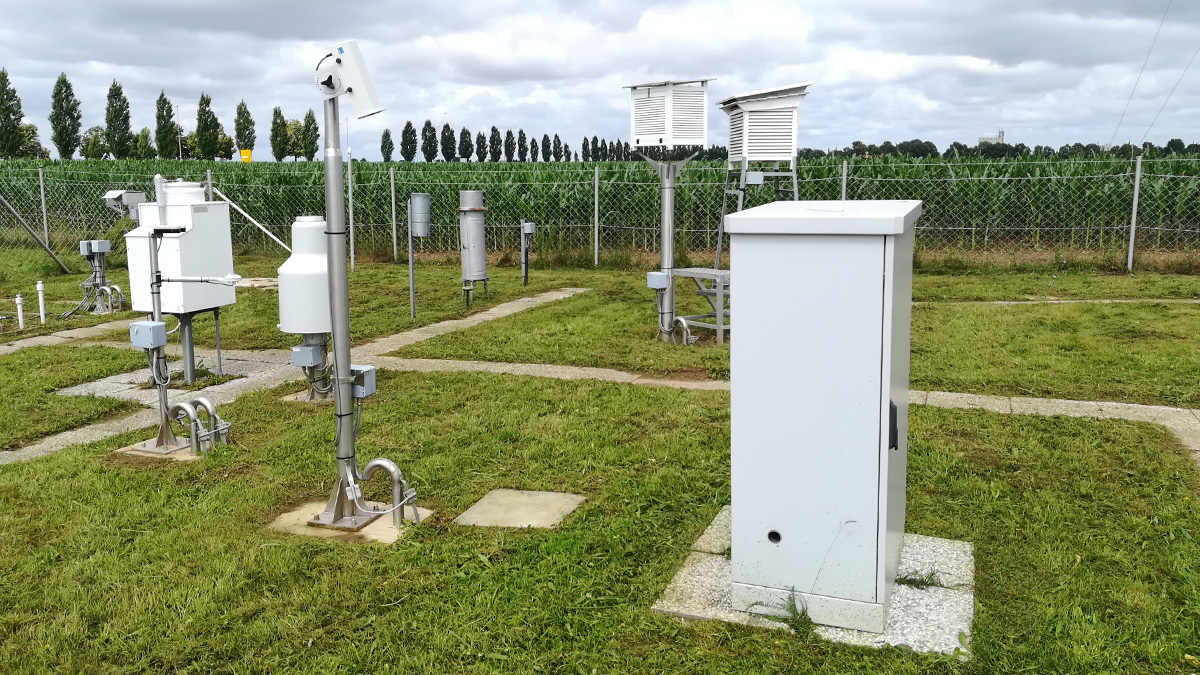
The WMO and Weather Station Standards
In 1950, the world meteorological organization (WMO) started operations. The WMO is a United Nations organization to encourage and organizes international cooperation on the grounds of weather, climate and hydrology.
The organization defined a set of standards for installing weather instruments. All professional weather stations need to abide by these standards. The anemometers (for measuring wind) for example should be placed 10m above ground level, while temperature and humidity sensors should be placed 2m above ground level. The thermometer should be in the shade, still well-ventilated. There also should be no obstructions in the near vicinity of the station.
It isn’t easy for individuals to abide by all these standards. While installing a personal weather station, compromises are going to have to be made. But what’s exactly the difference between a personal weather station (PWS) and a weather station that is run by the national weather organization of your country?
The Types of Weather Stations
The weather station in that German town wasn’t just a one-man job. The weather station had to be carefully installed and maintained. But foremost, multiple people worked there night and day to manually read and note the weather measurements. It was a whole operation.
Nowadays, almost all weather stations are hooked up to the internet. Measurements are automatically read. For digital weather instruments, this isn’t difficult, but for analog instruments that are still used in some important weather stations, this isn’t as straightforward. Some measurements are still taken manually because organizations fear inconsistencies in their data if they change their old instruments. The WMO says that over 10,000 automatic weather stations all over the world report data daily.
Besides these professional weather stations on land, there are also weather stations in a variety of other places. Mountain weather stations are remote stations collecting crucial data high up in the mountains. Over 3000 commercial planes are equipped with weather instruments, mainly air pressure and temperature sensors. In conjunction with daily data from over 1000 weather balloons, this data is vital for weather models that generate weather predictions for the coming days. There are even weather stations at sea, located on buoys and collecting temperature, air pressure and wind speed data. The WMO reports that there are 1,100 automatic weather buoys spread over the world’s oceans.
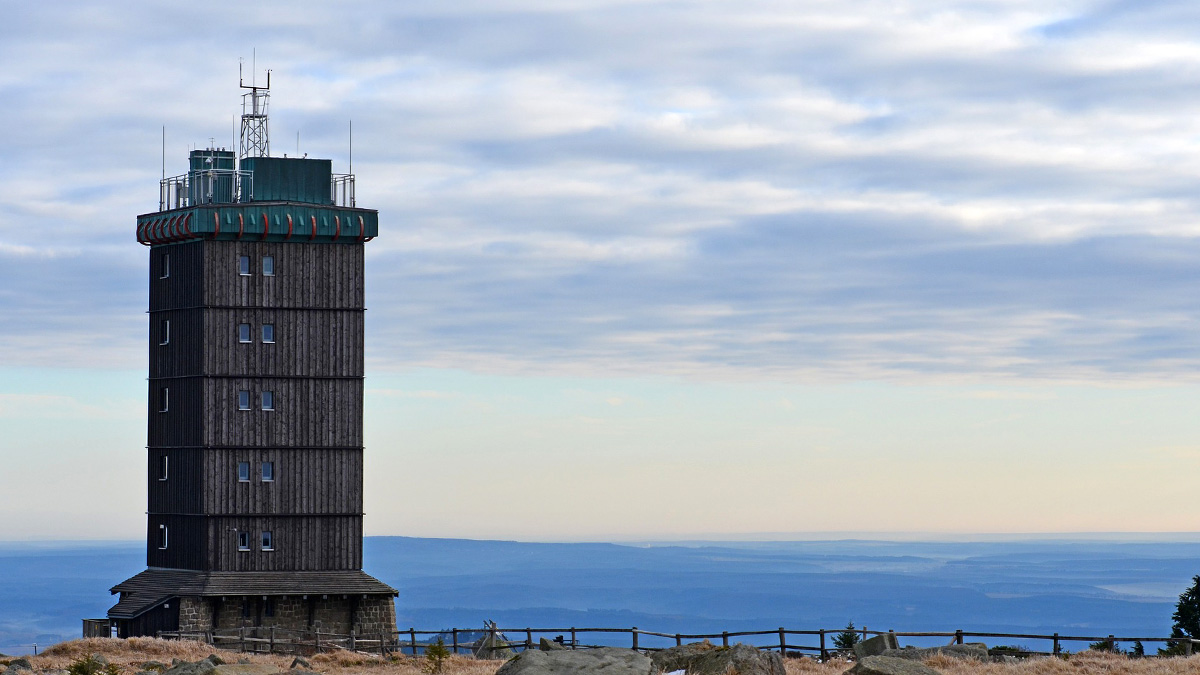
Besides the aforementioned types of weather stations, there are some other types of weather stations. Synoptic weather stations are weather stations all over the world selected by the WMO. They send data every three hours at specific UTC times. This network of synoptic stations is used by weather models to get accurate input data from all over the world.
Another type of weather station is the climate weather station. These stations are not used for instantaneous weather measurements but to observe long-term trends. They are also often equipped with sensors for measuring air quality, CO2 concentrations and ozone. These parameters are essential in understanding and predicting human-induced climate change.
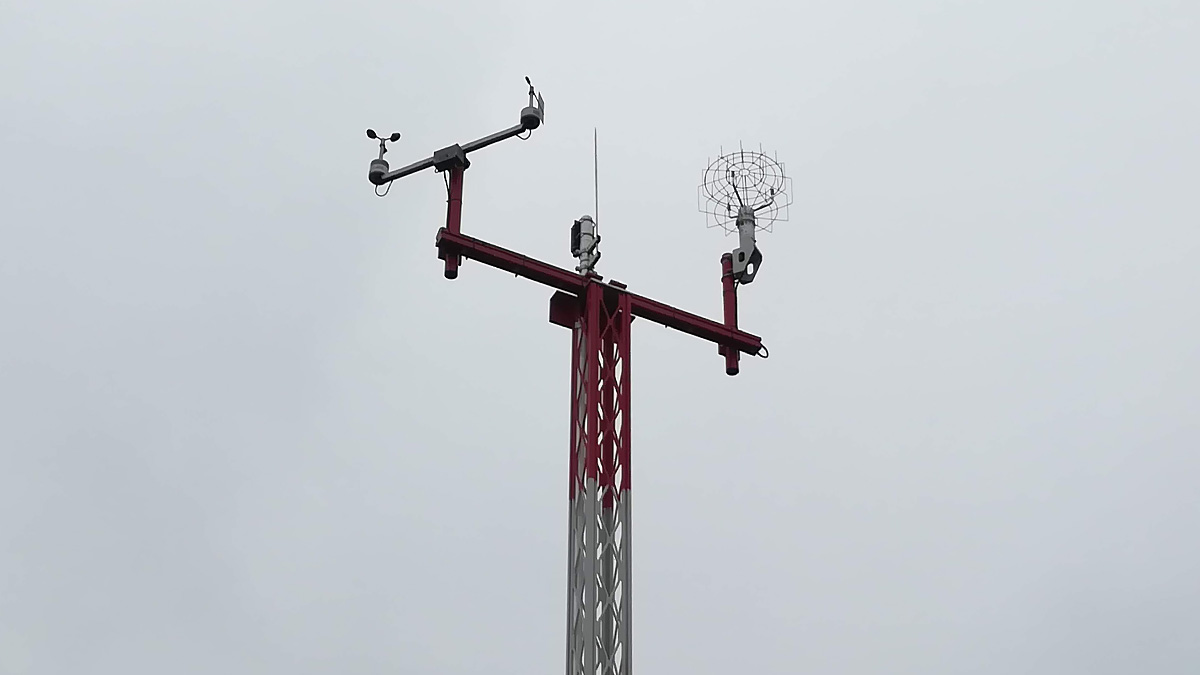
Personal Weather Stations
Professional weather stations, that conform to the WMO standards are managed by relatively large weather organizations nowadays. That said, there are hundreds of thousands of personal weather stations in the world. Wunderground, the largest network of PWS hosts data for over 250,000 weather stations.
Even though these stations do not conform to the WMO standards, they are still very valuable. Most of these stations are built up of one outdoor unit and one indoor unit that is connected to the outdoor unit and the wifi-network. The advantages of personal weather stations are that you do not need a whole field and a load of money to buy and install a weather station of your own.
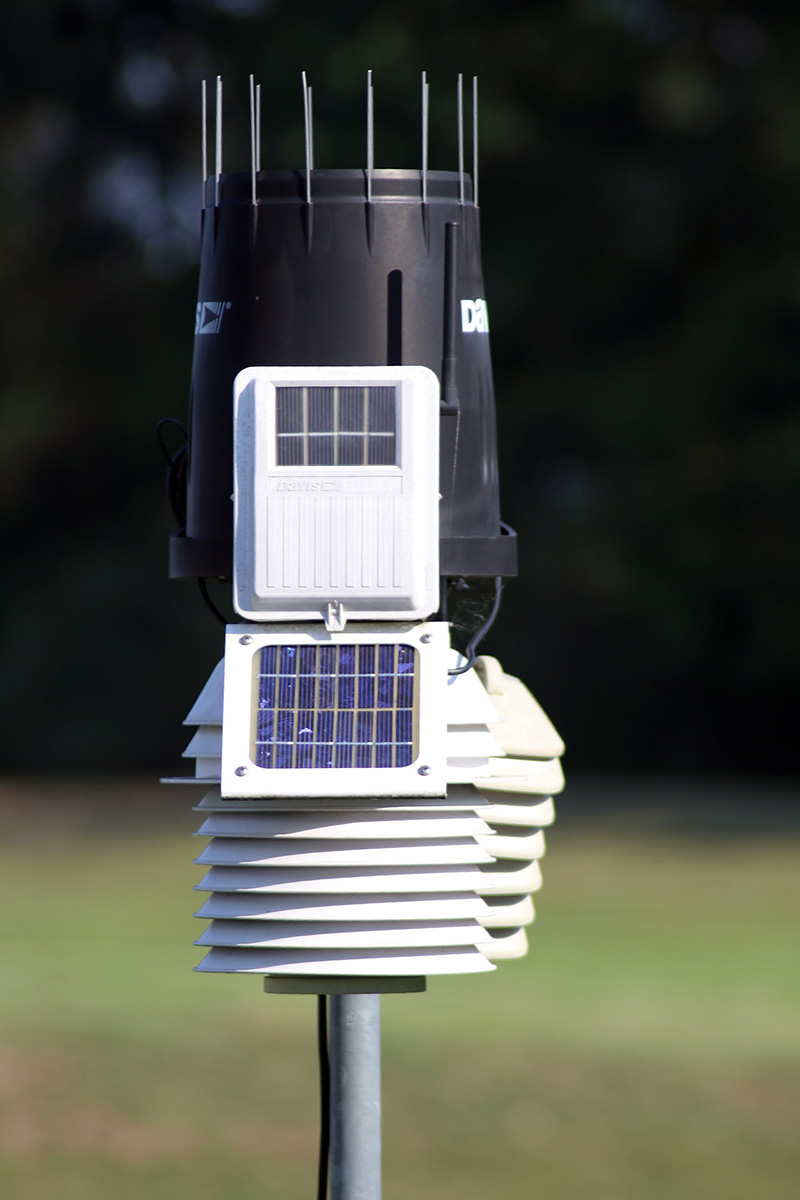
The most simple personal weather stations have a thermometer for measuring temperature, a hygrometer for measuring the humidity of the air, and a barometer for measuring air pressure. These three parameters are the most important weather parameters.
More advanced personal weather stations include an anemometer for measuring wind speed and wind direction. A pluviometer or rain gauge is a device that measures the amount of rain. This instrument is also often found on personal weather stations.
More Advances Weather Stations and their Instruments
Professional weather stations consist of all of the above instruments. These instruments are often calibrated as exactly as possible, to get the most accurate measurements. As said earlier, the weather instruments are placed as per the WMO standards. The instruments are often higher quality and more accurate than their counterparts on personal weather stations. The housing of the instruments is also stronger and better suited for the instruments.
Other perks include active ventilation of the thermometer (air is fanned into the space where the thermometer sits, to prevent a greenhouse effect inside the space) and heating on the pluviometer to measure precipitation, even if it is snow or hail. More specialized instruments can also be present, like a wet bulb thermometer or an instrument for measuring visibility.
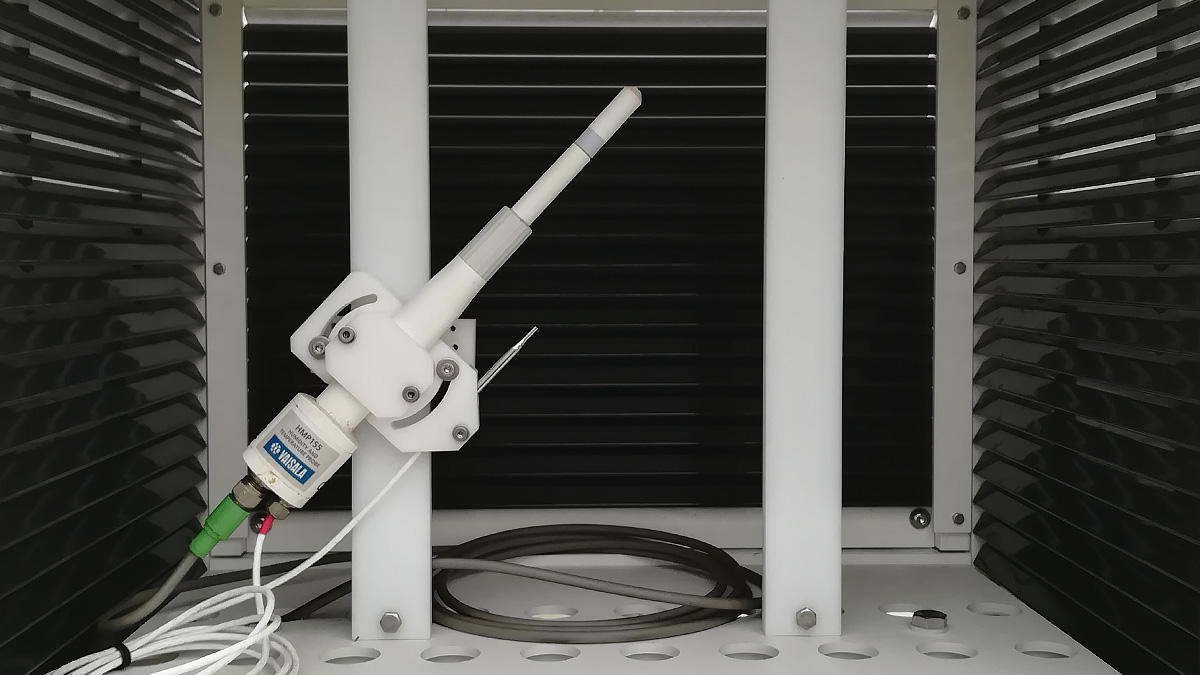
Weather stations have evolved. A century ago, only organizations could afford to buy, install and operate a weather station. Nowadays, professional weather stations are still managed by these weather organizations. This type of weather station conforms to the WMO standards. Most weather stations consist of instruments to measure temperature, humidity, air pressure, precipitation, wind speed, and wind direction. Due to digitalization, weather stations can now operate automatically. This made it more accessible for individuals to operate a weather station themselves.
SEE ALSO: